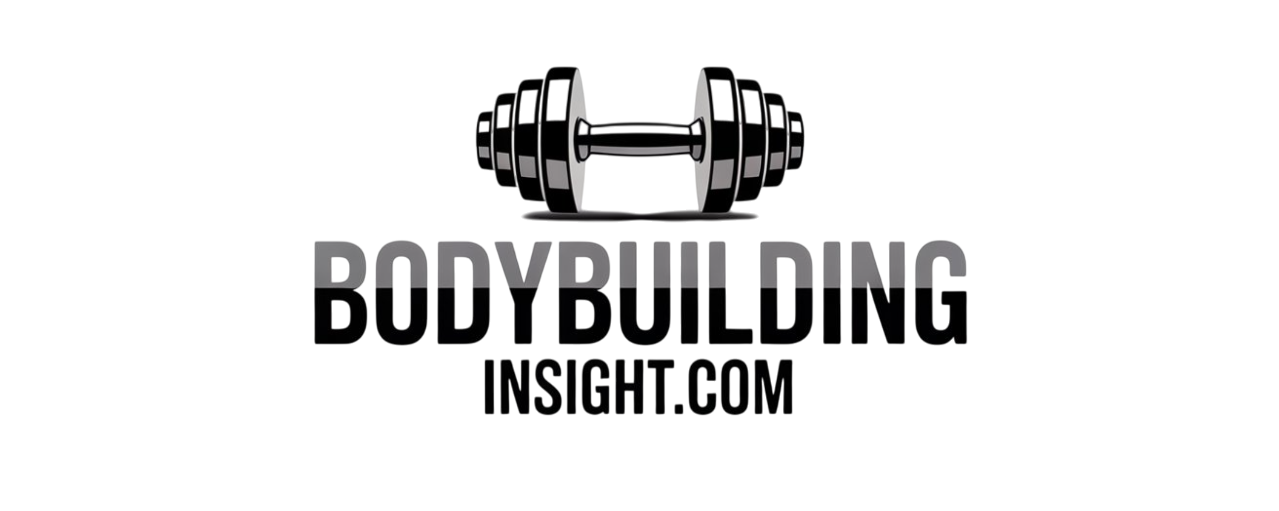Track Your Triumphs: The Ultimate Guide to Training Logs and Progress Tracking
Introduction – Track Your Triumphs: Why Training Logs and Progress Tracking Matter
When it comes to building strength, sculpting muscle, or improving athletic performance, enthusiasm will only take you so far. Without a clear way to measure progress, training becomes guesswork. A well-maintained training log is your roadmap—documenting where you’ve been, where you are, and where you’re headed in your fitness journey. It transforms effort into data, and data into results.
Identifying Search Intent for Training Log and Progress Tracking
The search intent for training logs and progress tracking typically follows one of three paths:

- Beginner athletes looking to learn how to track workout progress effectively, covering basics such as what to record and why it matters.
- Intermediate and advanced lifters seeking more refined tools—like a workout tracking app—and insights for optimizing training load management and recovery.
- Organizations and coaches aiming to link performance metrics to broader training outcomes, ensuring compliance and maximizing long-term results.
Understanding Training Logs and Progress Tracking
A training log is more than just an exercise diary. It’s a structured collection of training data—weights lifted, reps completed, workout duration, and more—that enables evidence-based decisions. Progress tracking applies this data to measure trends over time, such as strength gains, improvements in body composition, or cardio endurance.

As outlined in Grinder Gym’s guide, tracking allows athletes and coaches to identify performance plateaus, adjust programming variables, and sustain motivation through tangible proof of progress.
Benefits of Maintaining a Training Log
Both individuals and organizations stand to benefit significantly from consistent tracking:
- Continuous Improvement: Logging workouts reveals subtle changes in workout frequency, training intensity, and exercise volume—allowing precise adjustments.
- Accountability & Motivation: Seeing fitness progress laid out reinforces discipline and fuels the drive toward new personal records. Hygieia’s resource emphasizes that this structured reflection strengthens consistency.
- Compliance & Risk Mitigation: In organizations, as noted by Absorb LMS, tracking ensures completion of essential training modules and ties learning outcomes to performance indicators.
- Program Optimization: Coaches can refine training schedules and periodization plans based on the athlete’s unique data trends.
Key Components of an Effective Training Log
According to Nationwide Children’s Hospital, an effective training log should include:
- Date and time of session
- Type of exercises performed
- Sets, reps, and weights lifted
- Workout duration and rest periods
- Training intensity (e.g., RPE or heart rate data)
- Additional notes like physical condition, sleep quality, and nutrition
- Performance metrics—tracking speed, endurance, or skill improvements
For serious lifters, adding exercise form notes and recovery details ensures a holistic view of progress over time.
Tools and Platforms for Training Log and Progress Tracking
Your method depends on your goals and preferences:
- Paper Logs: Simple and portable, but lack automation.
- Spreadsheets: Customizable and suitable for detailed trend analysis.
- Digital Apps: As detailed by StrengthLog, these offer automated tracking, progress visualization, reminders, and integration with wearables for heart rate monitoring and body measurements.
- Learning Management Systems (LMS): In organizational settings, as described by Absorb LMS, these track course completion and skill acquisition systematically.
Best Practices for Consistent and Effective Tracking
Effectiveness hinges on consistency and detail:
- Log after every session: Build it into your post-workout routine.
- Be thorough: Record all relevant metrics—don’t skip training intensity or recovery notes.
- Review weekly: Evaluate patterns in strength gains, cardio progress, and recovery.
- Use your data: Let your workout history inform adjustments in your training planner.
Grinder Gym recommends using the log actively—not just as a record, but as a decision-making tool.
Overcoming Common Challenges in Tracking Progress
Common pitfalls include inconsistent logging, vague entries, and failing to apply the data to program modifications.
- Solution: Routine Integration – Make logging a non-negotiable part of your training schedule.
- Solution: Detail-Oriented Entries – Add context on sleep, nutrition, and mood for deeper analysis.
- Solution: Value-Driven Review – Use trends to refine load management and training periodization.
Organizational challenges, as discussed in Absorb LMS, can be solved through simplified tools and clear compliance policies.
Frequently Asked Questions (FAQ)
How do I start a training log?
Choose your format—paper, spreadsheet, or digital—and decide which metrics are essential for your goals.
What should I track in my workout log?
Include exercises, sets, reps, weights, duration, intensity, and contextual notes such as recovery and nutrition.
How often should I update my training progress?
Update after every workout, and review your accumulated data weekly for program optimization.
What are the best apps for tracking workouts?
Apps like StrengthLog excel at exercise tracking, progress visualization, and integration with wearable devices.
How do I measure progress without just looking at weight?
Track strength gains, cardio endurance, body composition, and skill improvements alongside any weight changes.
Should I track every single workout?
Yes. Missing data creates blind spots that can hinder accurate program adjustments.
How long should I keep my training logs?
At least one training cycle (12-16 weeks), though keeping multi-year logs aids in tracking long-term trends.
What metrics are most important for tracking fitness progress?
Training load, volume, intensity, workout frequency, and recovery variables are key to understanding performance trends.
Conclusion – Your Path Forward: Leveraging Training Logs for Success
A training log is more than ink on paper or pixels on a screen—it’s the science behind your strength. By consistently recording and analyzing your training data, you unlock the ability to make informed adjustments, maintain momentum, and achieve your fitness goals with precision. Whether you’re a competitive athlete, a dedicated lifter, or part of an organization aiming to enhance performance, progress tracking turns effort into measurable triumphs. Commit to the discipline, master the fundamentals, and let the data guide your journey forward.
“`html
Remember, the true value of a training log comes from its consistent use and honest entries. Over time, those small daily notes will tell a bigger story—one that reveals the patterns behind your successes and the adjustments needed to overcome plateaus. As technology continues to evolve, integrating smart devices and analytical tools can make your logs even more insightful, offering real-time feedback and predictive performance trends.

Don’t be afraid to experiment with different formats, whether it’s a minimalist bullet-point list or a detailed journal with charts and graphs. The best system is the one you will actually stick to. Keep in mind that logs are not just for tracking workouts; they’re a record of your mindset, recovery habits, and resilience through challenges.
Ultimately, progress tracking empowers you to take ownership of your journey, transforming raw effort into refined strategy. The next time you step into the gym or onto the training field, know that every rep, lap, and drill you record brings you closer to the goals you’ve set—and beyond them.
“`







